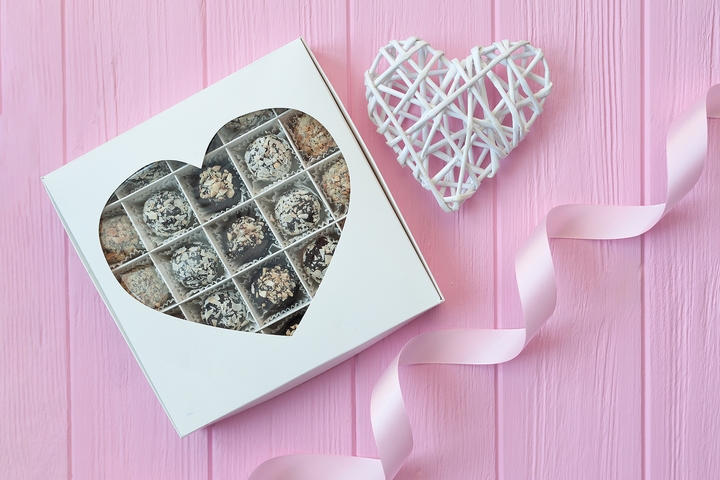
There are some things in life that we tend to take for granted. This isn’t done maliciously, but it is generally accepted that we are unaware of how these things work. Take, for example, the food packaging process. When we visit a supermarket, we pick up our goods, and check out. Rarely do we ever inspect the packaging, let alone think about how the process works.
Every food product for consumption will come in its own respective packaging. The same can be said for popular confectionaries, such as chocolate. Since chocolate is so wide-ranging in what is offered, packaging will vary accordingly.
Here is the chocolate packaging process described in greater detail:
1. Chocolate Packaging Materials
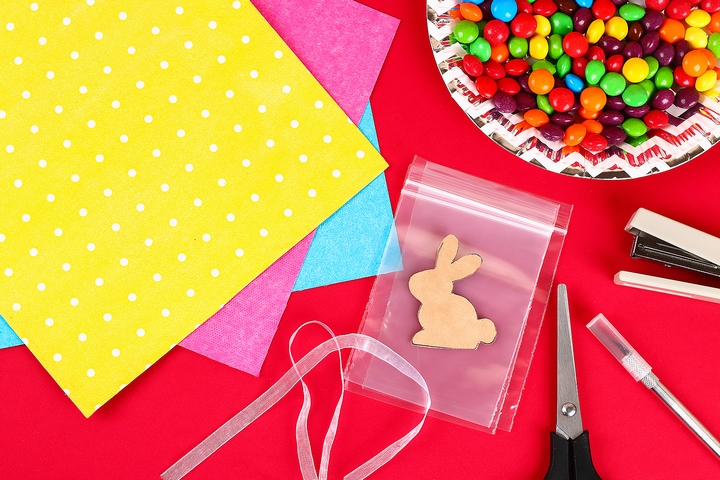
The packaging materials are very important in the chocolate packaging process. Chocolate is relatively fragile, and is considered to be pretty vulnerable to the outside elements. If not packaged correctly, the confectionary can be ruined in record time when exposed to hot temperatures. That is why it is important for companies to package their sweets in something that is made out of the correct materials.
No matter how the package actually ends up, it must be made out of some key resources. These materials should be light, and not prone to oxidation. Additionally, the packaging should be moisture-sealing, and able to handle being out in the sun. That way, the food packaging can arrive in pristine condition!
2. Chocolate Packaging Layering
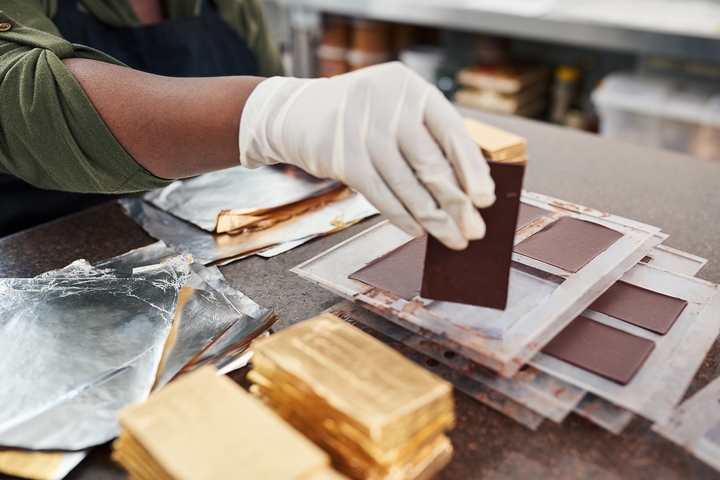
Once the actual materials have been gathered, chocolates will then be layered in the right wrapping. For the most part, this wrapping consists of a thin, preliminary layer of aluminum foil. The first layer that goes around the actual chocolate will be made out of said aluminum. This layer is then wrapped in a thin slice of paper.
The process is not over yet, as an additional layer may be used, depending on the actual product. In most cases, a secondary, thin layer of aluminum foil will then be wrapped around the confectionary. Since external packaging can potentially be damaged, it is key to protect the contents inside.
3. Company Marketing
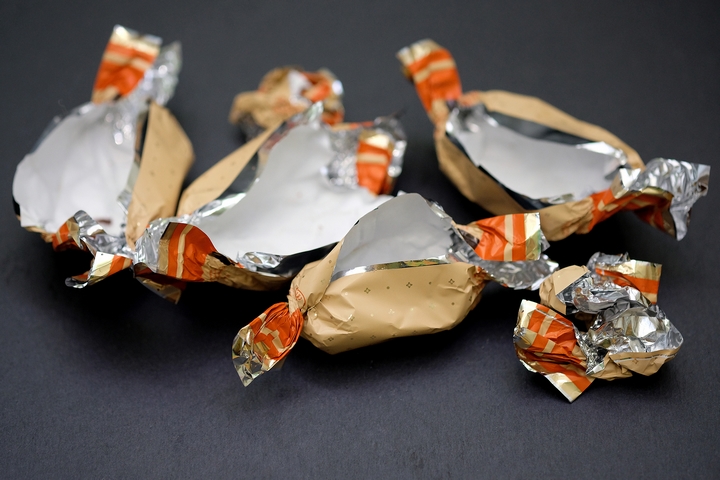
After the inner contents have been secured, this next step involves illustrating the company brand. Depending on the type of wrapping used externally, a company will have various graphics displayed here. For example, Lindt chocolate, which comes wrapped in its own wrapping paper, has the logo front-and-centre.
The actual wrapper used can also be coloured differently, to indicate a particular flavour. Most fans know that the red wrapper on a Lindt chocolate indicates that it is the standard flavour. A blue wrapper, on the other hand, may indicate a darker, smoother one, after consumption. It is just one of several ways that a company can market their sweets!
4. Wrapping Machinery
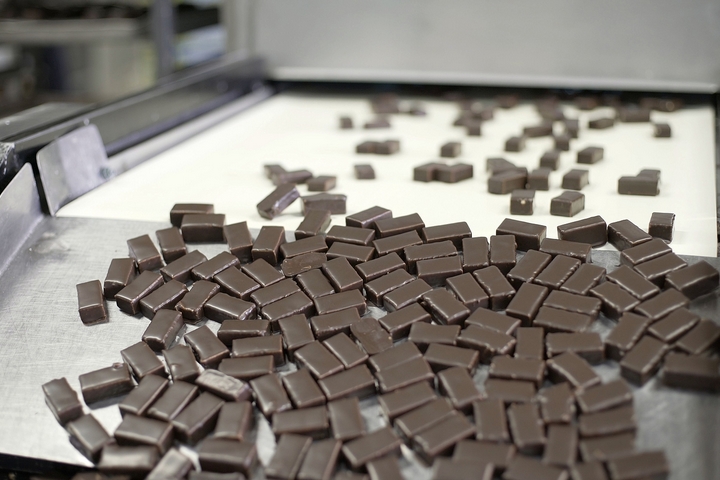
Of course, many chocolate products are not wrapped by hand, in order to be more efficient. For largescale production, many companies will employ the use of various types of machinery. These machines are excellent for wrapping various chocolate products, without having to worry about time.
Depending on the type of machine, there may be multiple chocolate products being wrapped at the same time. This is especially ideal for companies that have a large supply of products that need to be delivered quickly. The high output of these machines means that you won’t soon run out of your favourite confectionary.
5. External Packaging
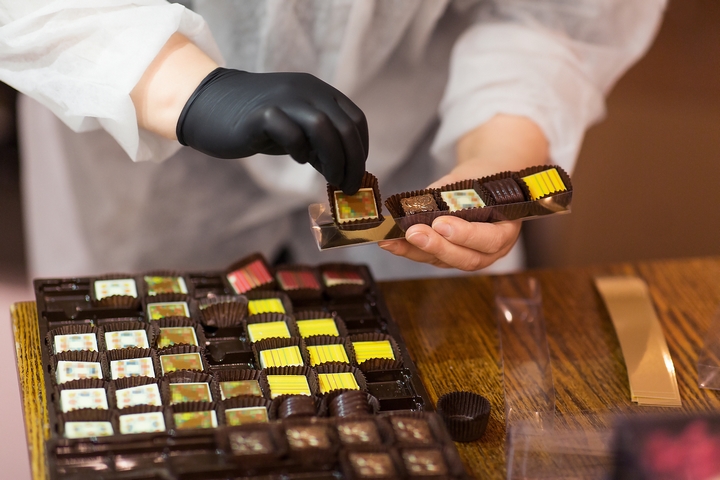
Even after the packaging of the chocolate has been completed, the packaging process is not over yet. Distribution is the next stage of the process, whereby a company will send their products out for delivery. At this stage, various packaging materials will be used to contain the chocolate contents inside.
Bulk orders of chocolate will usually be delivered inside of large boxes. Depending on how much chocolate products are inside, an appropriately-sized box will be used. Major companies, such as the aforementioned Lindt, may have additional packaging used in distribution. These boxes may or may not be branded as well.
6. Miscellaneous Packaging
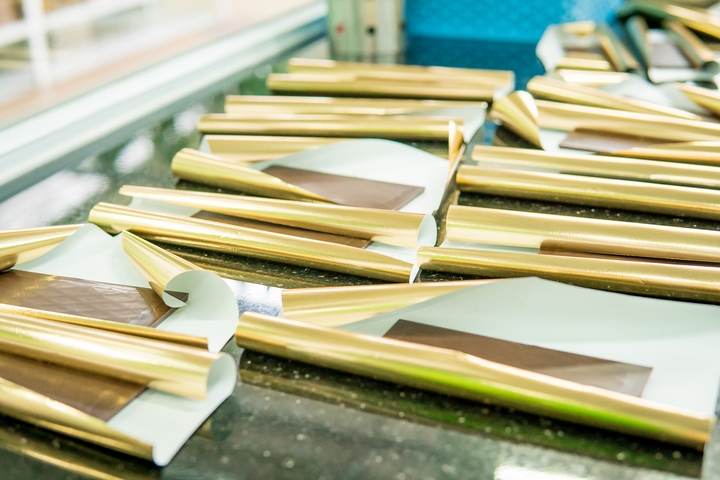
Small chocolates, or chocolate bars, are part of the normal packaging process. The process is simple, and straightforward for the most part. However, since they are not the only chocolate product available, different packaging processes exist. For example, chocolate ice cream bars will necessitate their own type of packaging.
On the other hand, chocolate cartons, or mixed-pack chocolates, will require a unique type of packaging. Every manufacturer will be different; various materials are required for their own, respective distribution. Chocolate, as it turns out, is just as multifaceted as its packaging!
As with any type of consumable product, chocolate comes in various stages of packaging. It is detailed and complex, but very much necessary to secure the confectionary. No one wants to eat a ruined candy bar after all. Upon closer inspection, one can only wonder about the intricacies of the overall chocolate packaging procedure!
